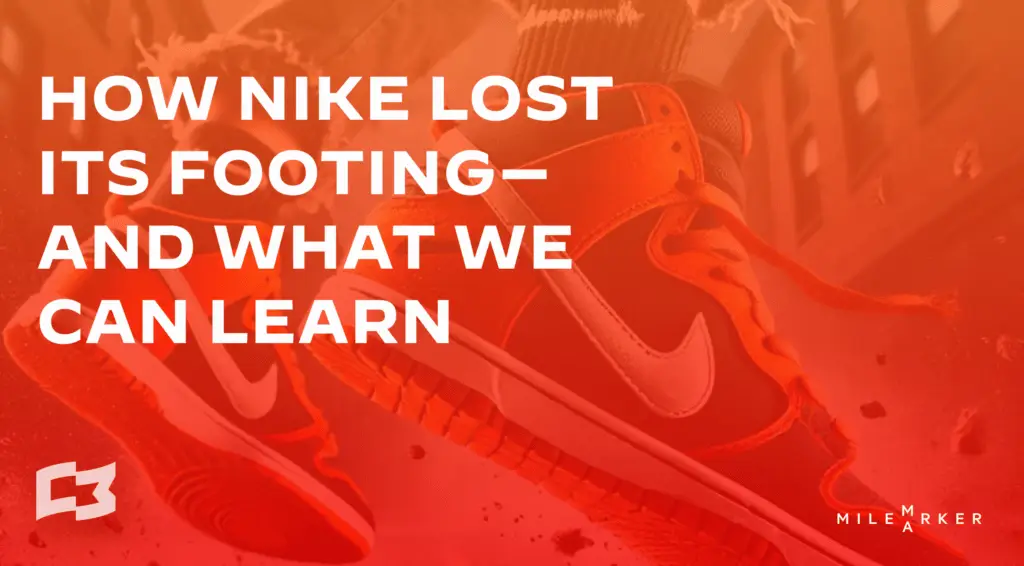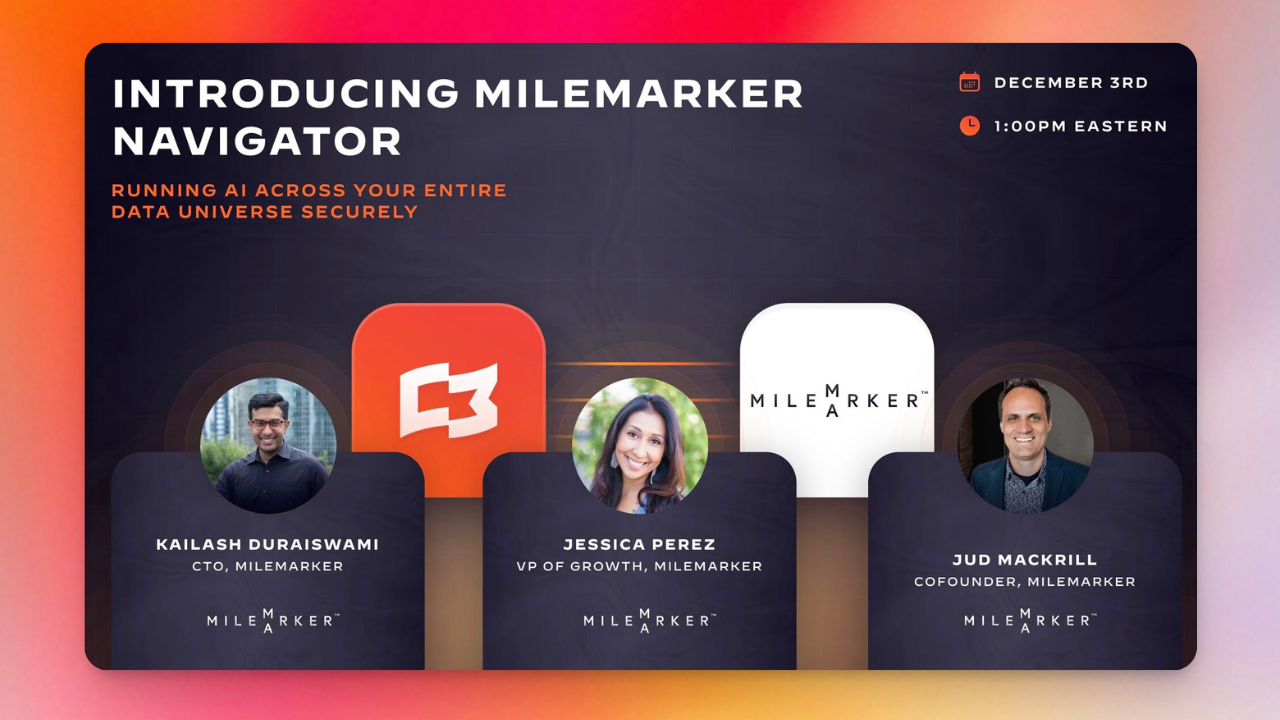Quick question: When was the last time you laced up a pair of Nikes?
For decades, Nike has been the go-to brand. The iconic swoosh. “Just Do It.” Michael Jordan flying through the air. Chances are, you’ve got some Nike gear in your closet right now.
But here’s the thing: Over the past few years, Nike has been stumbling. Their market cap has taken a hit, dropping significantly from its peak. Meanwhile, new brands are sprinting ahead.
So, what happened?
Let’s rewind.
If you’ve read Phil Knight’s memoir, “Shoe Dog,” you know Nike’s story is all about grit, relationships, and partnerships. It was built day by day, handshake by handshake. Nike didn’t just make shoes; they forged alliances with retailers, suppliers, and athletes. They created an ecosystem.
Then came a shift.
Under CEO John Donahoe (former eBay chief), Nike decided to go all-in on direct-to-consumer sales. They started pulling their products from big retailers like Dick’s Sporting Goods, Zappos, and Amazon. The idea was to control their brand narrative and boost profits through their own channels—like the SNKRS app and Nike’s own stores.
Sounds like a smart move. Cut out the middleman. Own the customer relationship.
But there was a catch: When Nike stepped back, other brands stepped up.
Enter the new players:
• Hoka One One—those chunky-soled running shoes you see everywhere now.
• On Running—the Swiss brand with the funky soles.
• Allbirds—comfortable, eco-friendly kicks.
• Brooks—no longer just for die-hard runners.
These brands filled the shelves Nike left behind. Customers tried them—and liked them. Some even loved them.
The Lesson?
Isolation can be costly.
By fencing themselves off, Nike lost the ubiquity that made them a household name. They underestimated the power of partnerships and overestimated the loyalty of customers in a market overflowing with choices.
What Can We Learn?
1. Don’t Burn Bridges
Partnerships amplify your reach. When you isolate yourself, you might keep more control, but you also limit your exposure. Collaboration can be a powerful growth engine.
2. Diversify Your Channels
Relying on a single path—whether it’s direct sales, a specific platform, or a single client—is risky. Spread out. Be where your customers are, not just where you want them to be.
3. Stay True to Your Roots
Remember what got you here. For Nike, it was community, relationships, and being accessible. They built a brand with people, not just for people.
4. Adapt Without Abandoning
Embrace new strategies, but don’t ditch the old ones that still work. It’s about integration, not replacement.
Looking Ahead
Nike has the opportunity to course-correct. Re-engage with partners. Balance direct sales with broader distribution. Rebuild the ecosystem that made them a titan in the first place.
Over to You
How does this resonate with you? Are there areas in your business or life where you’ve isolated when you could have collaborated?
And on a lighter note—have you found yourself wearing new shoe brands lately? Maybe a pair of Hokas or Ons? Where did you discover them?
Hit reply and let me know. I’m genuinely curious.

- The Rising Tide
How Nike Lost Its Footing—and What We Can Learn
- By Jud Mackrill
Related Posts

Beyond Referrals: Transforming Advisor Growth


